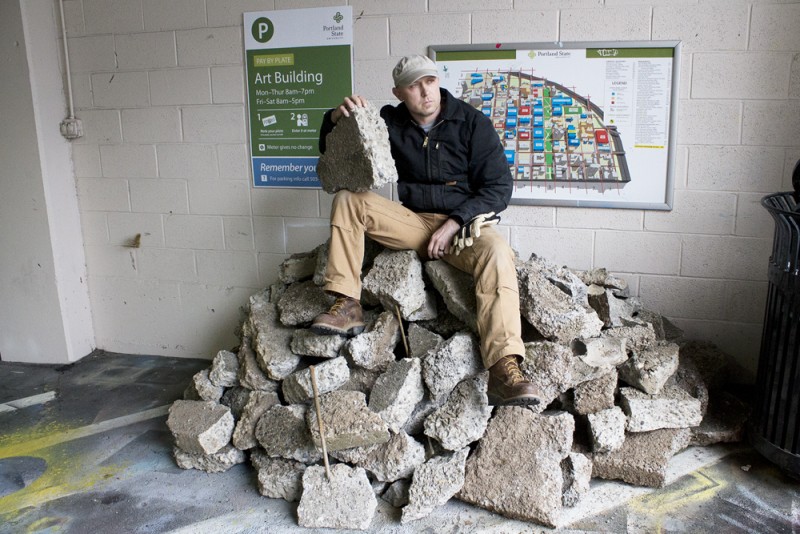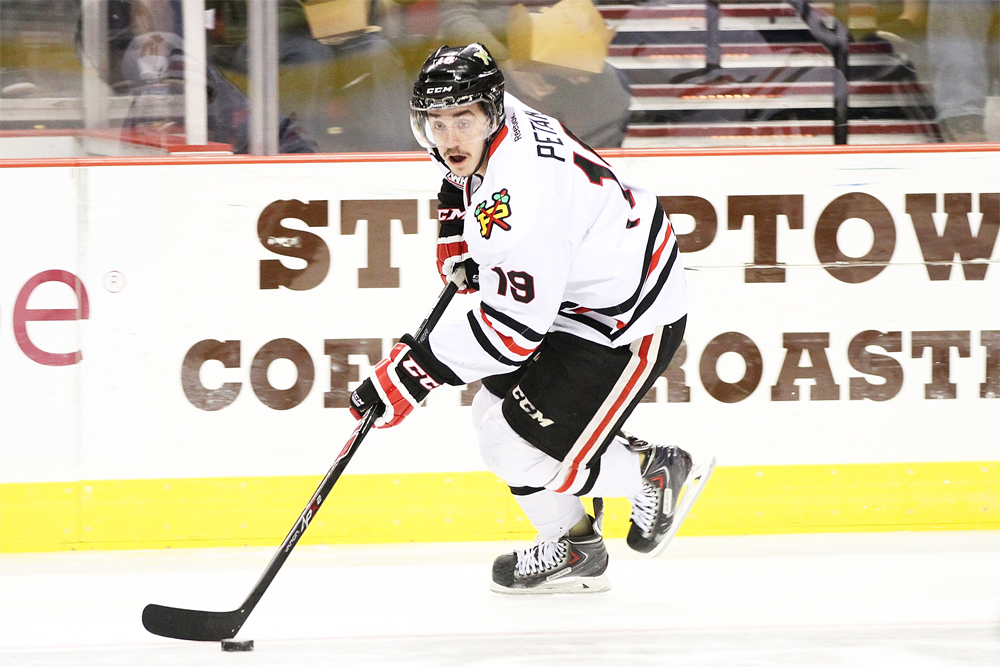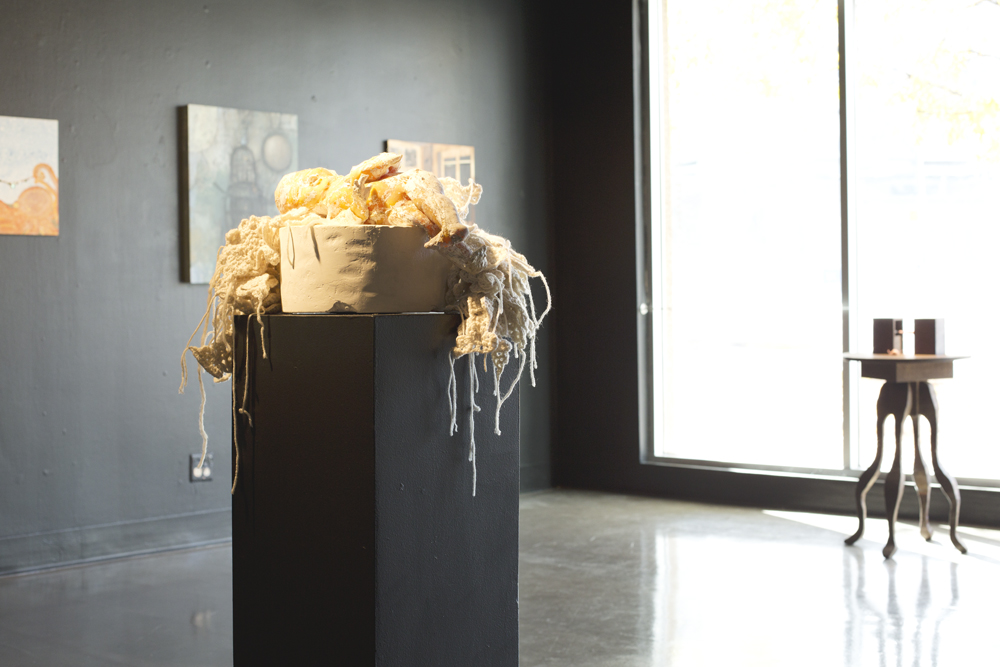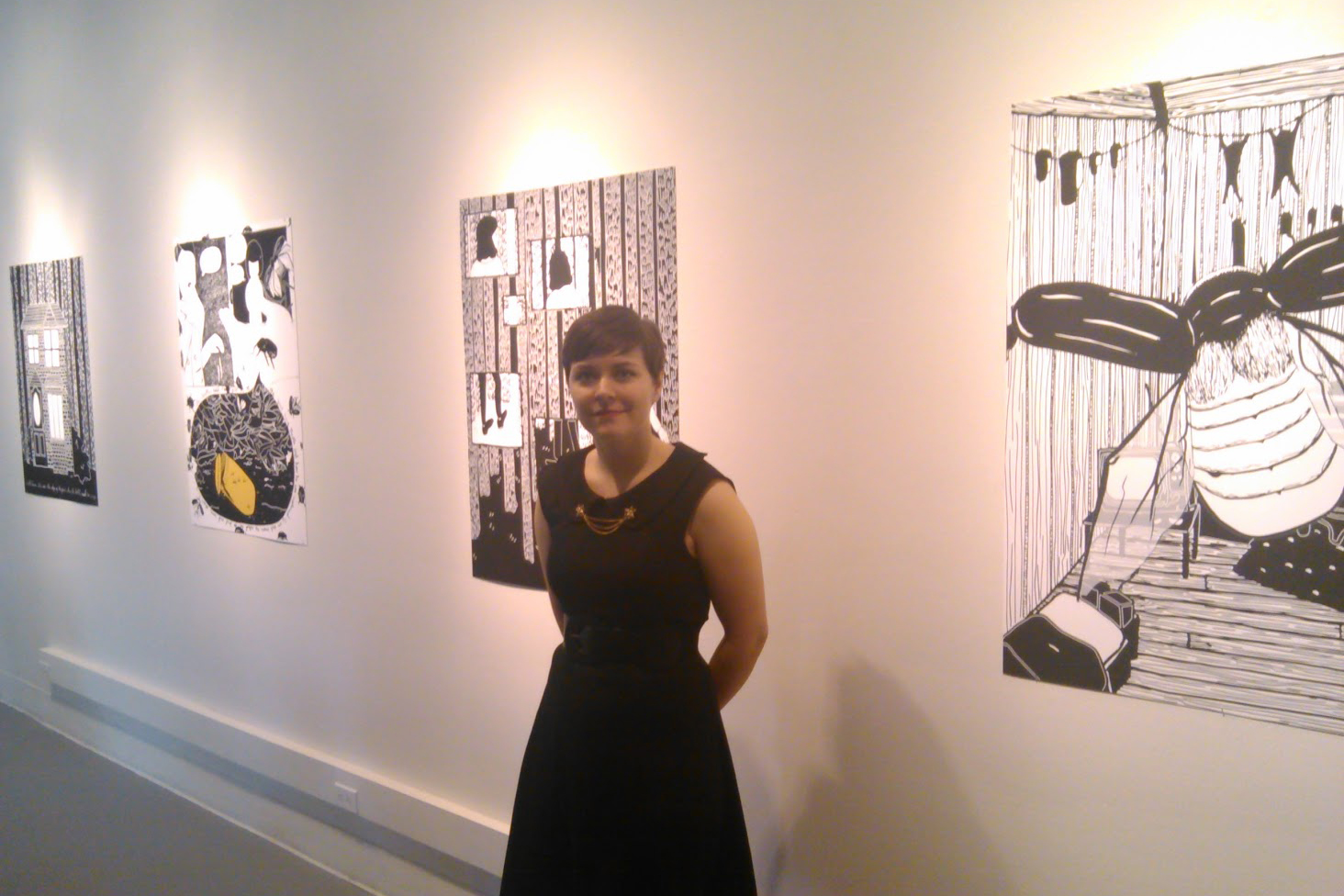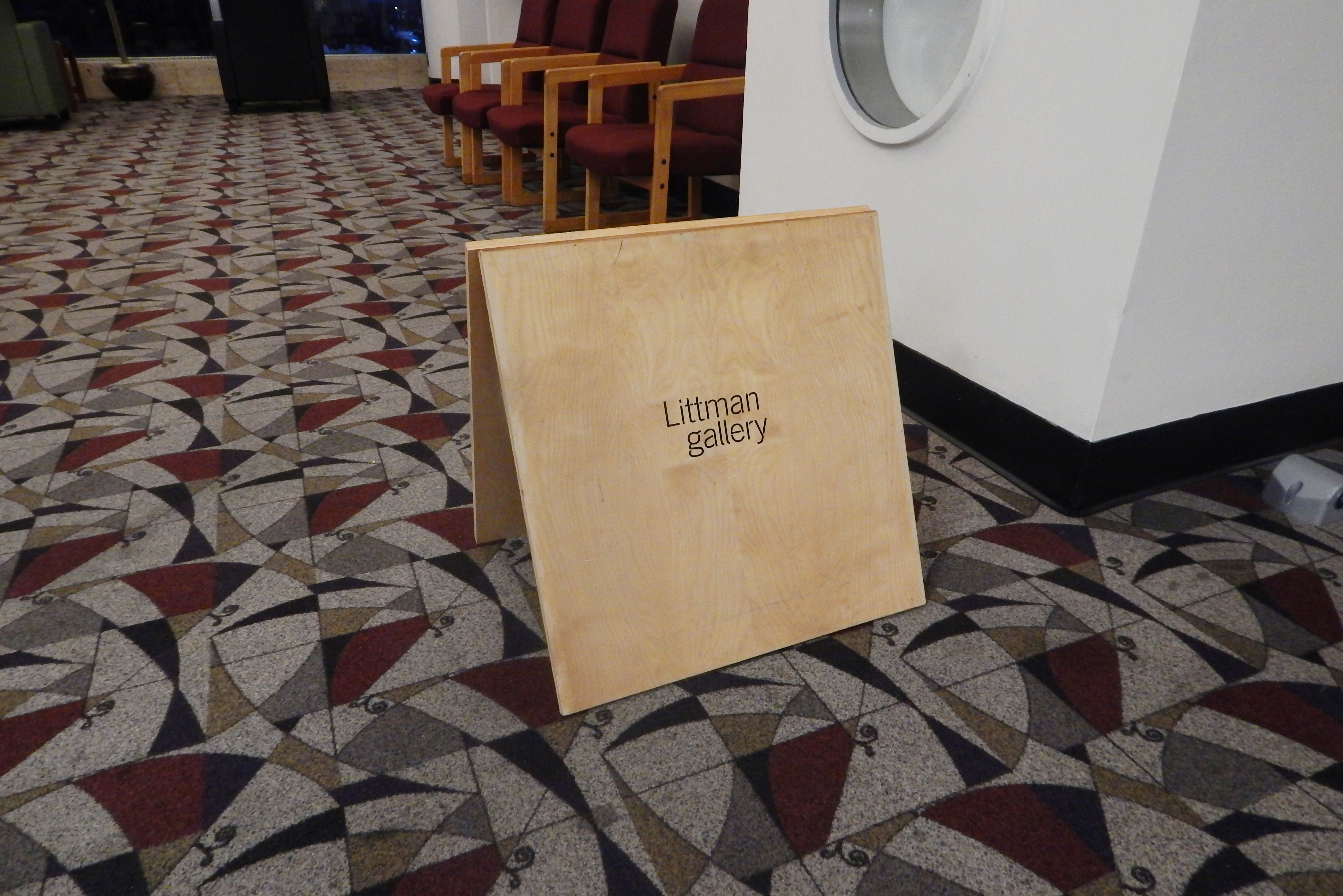Portland State’s Master of Fine Arts candidates are back with a second round of solo exhibitions to be displayed across campus. Through experimental and new media, these artists are bringing a host of questions to PSU’s galleries, as they reflect on identity, time and materiality.
The series of thesis exhibitions runs from April 28 to May 9, with opening receptions scheduled Thursday, May 1, running 4–6 p.m. Artists include Kaila Farrell-Smith and Katie Yancey, who will show in the Art Building’s MK and AB Lobby galleries, respectively, and Wesley Petersen showing in Neuberger’s Autzen Gallery.
Running concurrent with the exhibitions, the artists will lecture about their theses in the Shattuck Hall Annex on April 30 and May 6, at 6 p.m.
Works by Farrell-Smith and Petersen will both address identity, though each will tackle separate concepts using different methods. Farrell-Smith, an indigenous student of the Klamath-Modoc tribes, will show a mix of paintings and handcrafted drums designed to explore heritage and postcolonialism. The show is titled S? aa Mak’s, referring to a Klamath word important to her thesis.
“It’s the word for our relatives and our relations,” she explained. “It doesn’t necessarily just mean blood relations either. It can be a larger term.”
Key to the themes of Farrell-Smith’s thesis, the hand drums will hang in the center of the MK Gallery. The drums are a product of a recent residency at The Evergreen State College won by the artist, which involved collaborative workshops with artists and faculty members of Native descent throughout Portland. Farrell-Smith noted that she was inspired by the level of work and desire for community being fostered by contemporary Native artists in the city.
“With the drum project, I wanted to bring everyone together and have everyone learn how to make together,” Farrell-Smith said. “I have a much larger vision that this could be a traveling exhibition, with the drums and individual works everyone is making. I think the whole idea is to reclaim through art postcolonial spaces, especially in institutional and educational settings.”
Petersen, conversely, is a performance artist using acts of physical exertion to engage with blue-collar ideas relevant to his own personal background. Having grown up in rural Idaho, Petersen works to illustrate society’s detachment from physical labor. His thesis exhibition, titled TOIL, is the result.
“I feel like we have this disassociation with our own bodies in a lot of ways,” he said. “Especially a disassociation with what it takes to physically do blue-collar work. For this piece I’m drawing heavily on my own background and experience with work, and my blue-collar heritage.”
Petersen’s thesis will involve moving chunks of concrete rubble back and forth across the length of the Autzen Gallery for the length of the exhibition. With chunks ranging from 5–100 pounds, the exhibit will entail a visceral level of physical labor on the part of the artist. He will work from open to close, each day of the exhibition, with only modest breaks in between, reminiscent of a standard labor schedule.
“The idea is to do something that brings a lot of the elements of my body of work into simple gestures that, when people are in proximity to me, those ideas of what it takes to move those things are sort of disrupted by the reality of it,” Peterson explained. “Instead of just having an idea of what it takes, they’ll be able to see it, smell it, hear it. I’m hoping I can physically not break down during the show. That’s the goal.”
Yancey, showing in the AB Lobby Gallery, will address time’s effect on material in her mixed media exhibition, Like One Each Another. She noted that she was thinking about the word “hardening” when considering her thesis.
“The word implies a state of fixity, but also of a physical process that changes over time, however slowly,” Yancey said in an email. “The title of the show is a response to this idea of language and the structure that communicates, and the possibility for these rules to be unraveled or abstracted.”
Yancey pointed out an element of performance in her own work, which will display in both video and sculptural form. Previous exhibitions have utilized projection and green screen to layer video imagery over painted and sculptural surfaces. Her thesis exhibition will also include a book of prose, poetry and images to further tie together her installed work.
“I’m thinking a lot about natural processes, such as the hardening of clay or the growth of a plant, and how these seemingly uneventful processes relate to the concept of time within non-narrative, digital formats, where there is a certain instantaneity or overwhelming sense of control,” she wrote. “The work, as a whole, is to be viewed as a sort of poetic composition, where the relationships between the works, the tying together becomes most significant.”
Though Farrell-Smith and Petersen are approaching their work from different backgrounds, their theses both advance critiques of Western contemporary art. Farrell-Smith pointed to the writing of the feminist professor and activist Andrea Smith as one influence over her current art practice.
“What she writes is that if people are engulfed in whiteness, then the colonial society ultimately becomes the inheritors of everything,” Farrell-Smith said.
“Right now, if you’re coming to look at my paintings, you’re viewing it through a colonizing or white lens. You can’t look at Native art without that. It’s a binary, you can’t discuss Native art without it,” Farrell-Smith said.
Petersen’s critique of the art world stems from its inaccessibility at times to non-academics and the working class. He pointed to occasions in which his previous performances incited conceptual discussion by friends and family who have little art-academic background. He hopes to continue driving conversation for people often left out of the artistic discourse.
“Through the process of being here I’ve really tried to shed the academic background in art in favor of something that has the ability to connect with the rural, blue-collar audience,” Peterson said.
“I feel that if I can do a performance art piece that somebody from Idaho can look at and start discussing on conceptual terms, then I’ve successfully navigated that area for my audience.”
Each of the Masters candidates have mentioned both benefits and challenges in developing their art practice through PSU’s MFA program. In all cases, the artists have seen an evolution in their work through two years of study, teaching and making. Yancey pointed out how her own work moved from digital collage to an increased exploration of technological mediums.
“Over the course of two years in the MFA program, I feel that my work has evolved immensely,” Yancey wrote. “In the MFA program, I have continued to develop this interest in the mediation of the image through technological methods that vary in the degree at which the body is involved, and I think that my art practice has become more rich and expansive as a result.”

